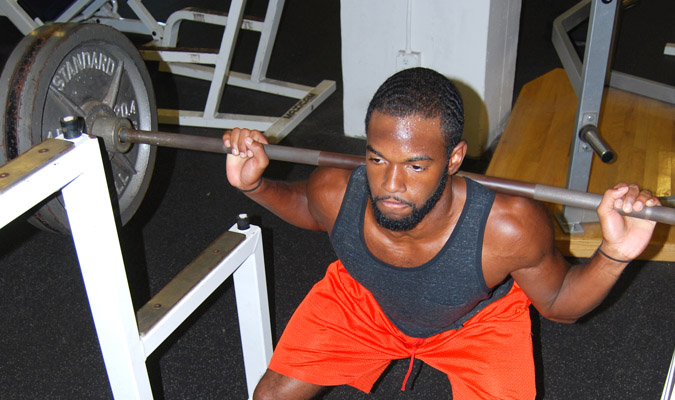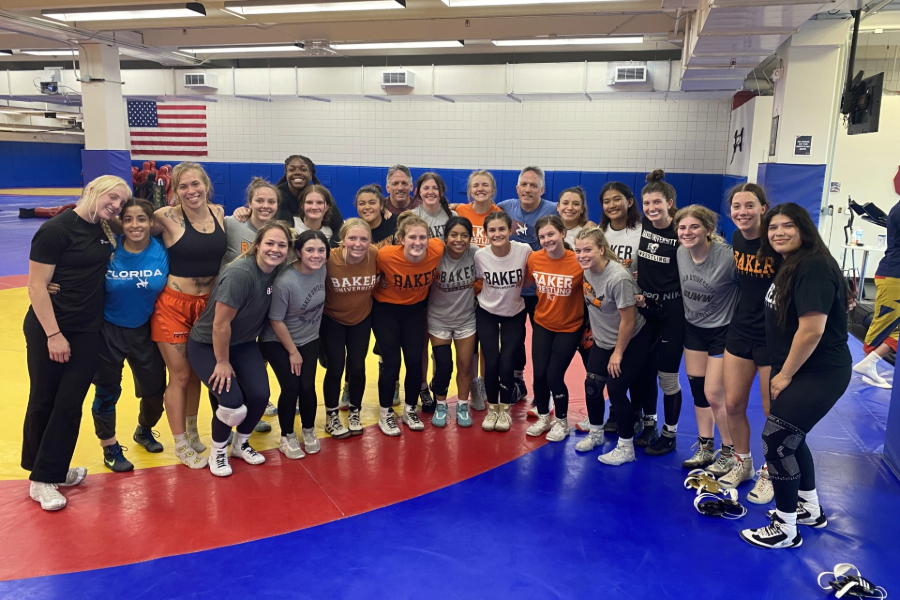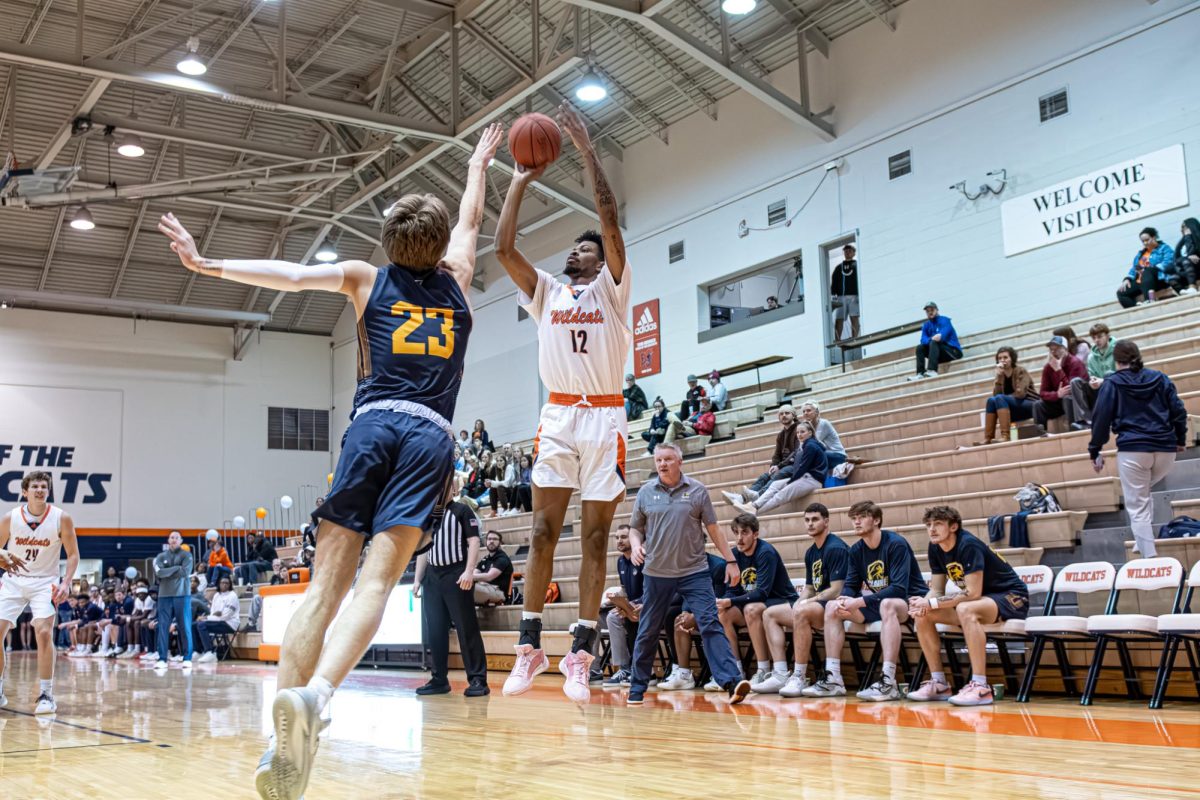The fall semester isn’t just the start of the fall sports season, but the preseason for winter and spring athletes, too. The Shore Weight Room is often filled with athletes from basketball players to volleyball players and even some students who do not play sports.
Although the weight room is often utilized by students who are experienced in lifting weights or supervised by coaches, weight-lifting can still be dangerous when correct technique is not followed.
“If you’re new to the weight room, I think it is a great idea to take a class,” Strength and Conditioning Coordinator Miguel Regalado said. “I would recommend that, and I would definitely recommend to start at a low weight, and if possible, lift with someone who is experienced.”
Regalado stressed that it is important to follow the safety guidelines and rules posted in the Shore Weight Room and to concentrate on knowing how to properly execute a lift.
Senior Dylan Berg is a wrestler and began lifting weights during high school when he began playing organized sports. He learned to lift from his coaches and experienced athletes who “know what they’re doing.”
Because of his safe practices in the weight room, the only injuries Berg has sustained from lifting is accidentally dropping weights on his toes or smashing a finger.
“I’ve had lifts where I’m not sure what to do and I’ll ask around the room to learn,” Berg said.
In an effort to use the proper technique, Berg also utilizes technology and the Internet. He will search YouTube for lifts he isn’t as familiar with and will then use the instructional videos to help fix his form.
He also always tries to lift with a partner or spotter. If Berg goes to the weight room by himself, he makes sure he uses a weight he can control as a precaution to injury. He never makes his repetitions or weight so high that the lift is forced without a spotter.
“Every now and then, I’ll use lighter weight and try to do lifts I’m not as familiar with,” Berg said. “I don’t start using heavy weight until I know what I’m doing.”
Regalado says a mistake he often sees students make is trying to lift more weight than they can handle and that’s an easy way to get injured.
For the Baker University football team, Regalado and the other coaches start the players off with a lower weight and work to build their technique. As their technique gets better the football players add more weight.
“We say 5 pounds (a week) is a great increase as long as you’re doing it correctly,” Regalado said. “If you can continue to add weight and lift correctly (then add weight) and if not, back it down and get your technique back right.”
Adding more weight to a workout can result in soreness and it is important to be sure that discomfort isn’t some form of injury.
“There’s a difference between being sore and injured,” Regalado said. “I would definitely recommend seeing someone immediately, but if you’re out of shape, you’re not going to feel very good after a lift.”
If a student is injured while lifting weights, he or she should see the athletic trainers for treatment and to prevent further damage.
Although when using correct technique and low weight, as well as safety precautions like using a spot and weight clamps, injuries can be avoided, assistant athletic trainer Dan O’Connell said it is better to be safe than sorry.
“If you aren’t sure what’s wrong with you, I would always err on the side of caution,” O’Connell said.








